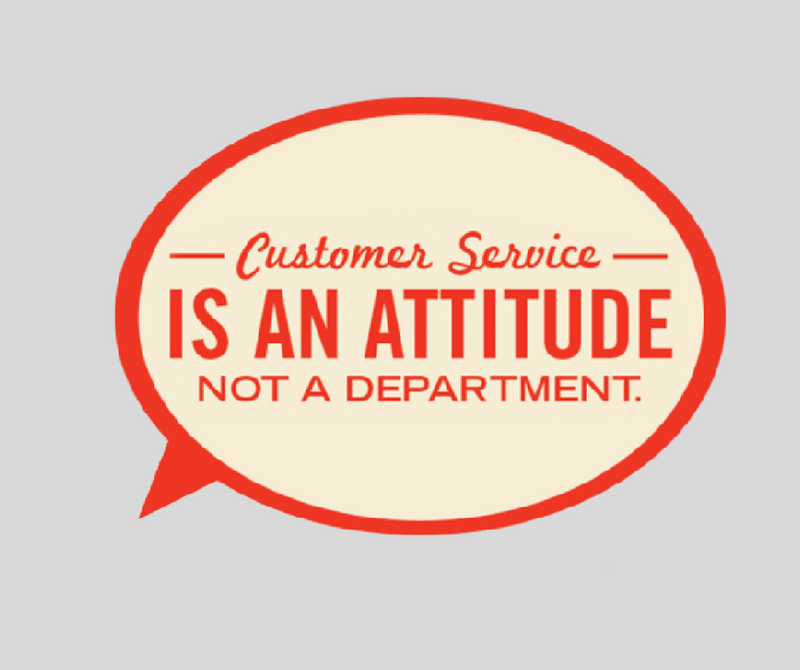- Empty cart.
- Continue Shopping
Doing Customer Service Right

As I’ve mentioned in a previous article, customer service is one of the biggest advantages a small company has over a bigger one. But I’ve also cautioned that it may be very tempting to provide good customer service at the expense of your business, to disastrous results. So then, how does one do customer service right?
One of the simplest low cost strategies that can make a massive difference is communication. It’s not some clever trick or a skill that you need to learn in a university, good communication just requires a certain way of prioritizing things. But because of how much people are driven by their emotions, making your customers feel good even when you provide the same quality product or service as someone who didn’t do as good of a job on this front, you can gain repeat customers and their referrals. You can even beat out people who provide a better product or service – although, it should be your priority to provide quality. And getting repeat customers and referrals is an important part of growing your business and giving it its own momentum.
Here is a good practical example from my own business. As with any form of production, delays are inevitable, especially during the peak of a season. When that happens, letting the client know that there will be a delay as soon as possible is a key difference between a satisfied and an unhappy client. This is because when a delay happens and the client doesn’t know what is going on, they start to come up with stories in their heads – why is it taking so long? Is there some sort of a problem? Did they get tricked by a scammer? Uncertainty can lead to worry and anxiety, which are bad feelings. Not only that but people don’t have an idea as to how to structure their coming weeks. And you can eliminate a lot of that anxiety with a simple phone call or an email that takes about 5 minutes. Not only that, but you show that you care, and there is a bit of a trick going on here. When you are the first to bring up an issue, instead of ignoring or trying to hide it, it deflates the situation and the anger the person might be feeling. In about 90% of the cases, unless the client really has a time sensitive even that they need the promotional material for, this works really well – and in the remaining 10%, some alternative can be worked out, and the fact that you let them know in advance instead of post factum, means that they would still have time to make adjustments.
Find ways to make the customer know that you’re dedicated to the quality of the product and their satisfaction, and look for ways to make difficulties into opportunities to impress your customers.
Now this is all well and good, but it can be difficult to implement. I don’t always follow my own advice, because during peak season, I’m running around like a headless chicken. Even five minutes can be difficult to find, especially when I am juggling several orders, calls, and trying to manage employees at the same time. But this is where organization and structure come into play. You can set aside time each day specifically for these kinds of things.
Here is an example of something that I do. I get most of my clients by email, so I just go from oldest to newest every day and answer those. But when I have myself and other employees checking out the emails, I’ll have someone go from the top, earliest first. The clients who receive a very fast response in this way are pretty happy about it, while the clients who have written later still get a timely response. The difference between being responded to 24 and 25 hours ago is pretty small, but there is a huge difference between a response coming in 15 minutes later vs an hour.
Look at your process and figure out ways you can speed up the speed of communication to increase the level of communication.
